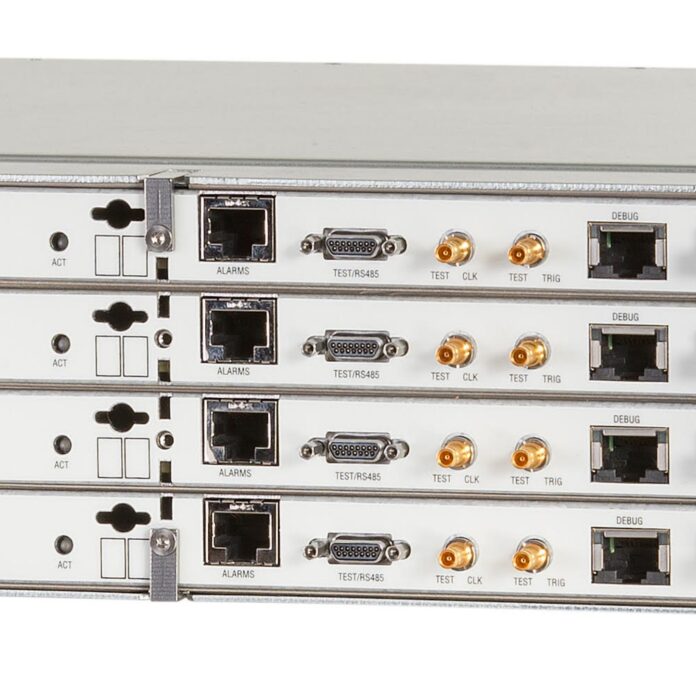DAS providers are keenly aware of the need reduce the cost and footprint of their systems as they target more enterprise customers. Alcatel-Lucent is keenly aware of the need to keep innovating in high-growth areas as it prepares to merge with Nokia. One answer for both these needs may be Alcatel-Lucent’s new LTE interface card which enables any DAS to connect to Alcatel-Lucent’s digital baseband units. The new radio frequency module, called DAS RFM, is currently being validated by a tier one U.S. operator in an outdoor deployment, and Alcatel-Lucent expects it to be widely available this month.
“Alcatel-Lucent’s new DAS RFM solves a major problem for operators and building owners alike,” said analyst Nick Marshall of ABI Research. “In the most densely populated areas where DAS technology is commonly deployed, space is at a premium and lease costs are high. Alcatel-Lucent’s product will reduce the amount of equipment needed and with neutral host capabilities it can connect to any DAS.”
Any DAS can connect to the RFM, but the carrier(s) that the DAS supports will need to use Alcatel-Lucent baseband units in order to take advantage of this new solution. Alcatel-Lucent is of course set to merge with rival Nokia, and the Alcatel-Lucent team is hopeful that Nokia will also open its radio interface and allow DAS providers to connect to its base stations. But the companies are legally prevented from discussing technical details of product synergies until the merger closes.
Replacing larger equipment
Today most distributed antenna systems use the signal from a nearby macro base station, and attenuate that signal to a level that can be used indoors or in a defined metro area. This typically requires attenuators and remote radio heads, equipment which Alcatel-Lucent hopes to replace with its smaller, less expensive DAS RFM.
Tristan Barraud De Lagerie, director of product marketing at Alcatel-Lucent, said that in one deployment an operator was able to reduce its DAS footprint from eleven bays of racks to just one rack by deploying Alcatel-Lucent’s DAS RFM. He said that the need for smaller equipment may be most pressing for in-building deployments, but that outdoor deployments are typically fed by indoor equipment. He expects the DAS RFM to also help outdoor systems scale more efficiently.
“We see a lot of requirements by radio operators to reduce the equipment on the rooftops,” he said. “In outdoor locations … as soon as you want to add capacity you need to have new radio heads and new attenuators and it takes a lot of space.”
The cost of the Alcatel-Lucent solution will be up to 30% less than the cost of a traditional DAS, according to the company, but equipment costs are just one part of the picture. Energy costs go down dramatically because of the smaller units, and because there is no need to cool attenuators and remote radio heads.
Alcatel-Lucent is already helping operators streamline DAS through a digital DAS solution it has developed with TE Connectivity’s DAS unit, now owned by CommScope. In this solution, a single unit replaces the remote radio head, the attenuators and the DAS headend, and connects to the Alcatel-Lucent baseband unit. The new DAS RFM replaces only the remote radio head and the attenuators, and creates a link from Alcatel-Lucent’s baseband to the headend supplied by the DAS vendor. Alcatel-Lucent said that it will continue to use the digital solution in deployments with CommScope, but hopes to use the new solution with other vendors.

